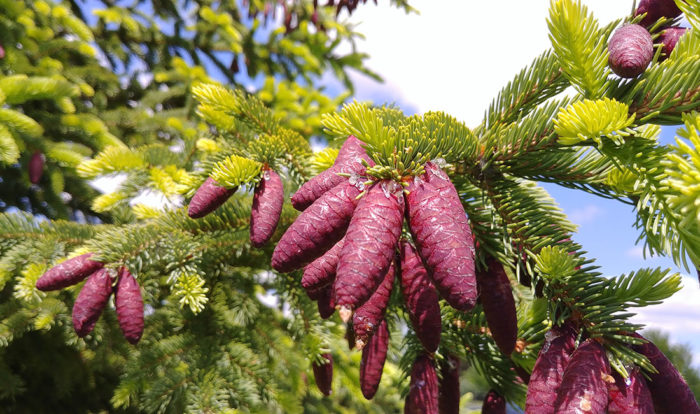
Evergreens are a vital component of the winter landscape in the Northern Plains, where the other three seasons may last three months on the calendar but seem to fluctuate wildly on a day-to-day basis. These extreme temperature and weather changes, especially those in late autumn and late winter, pose the greatest threats to tree survival, and only those trees that can tolerate such shifts have the honor of joining us out here on the Northern Plains. Read on for three of the hardiest evergreens available that are tough enough to endure our winters.
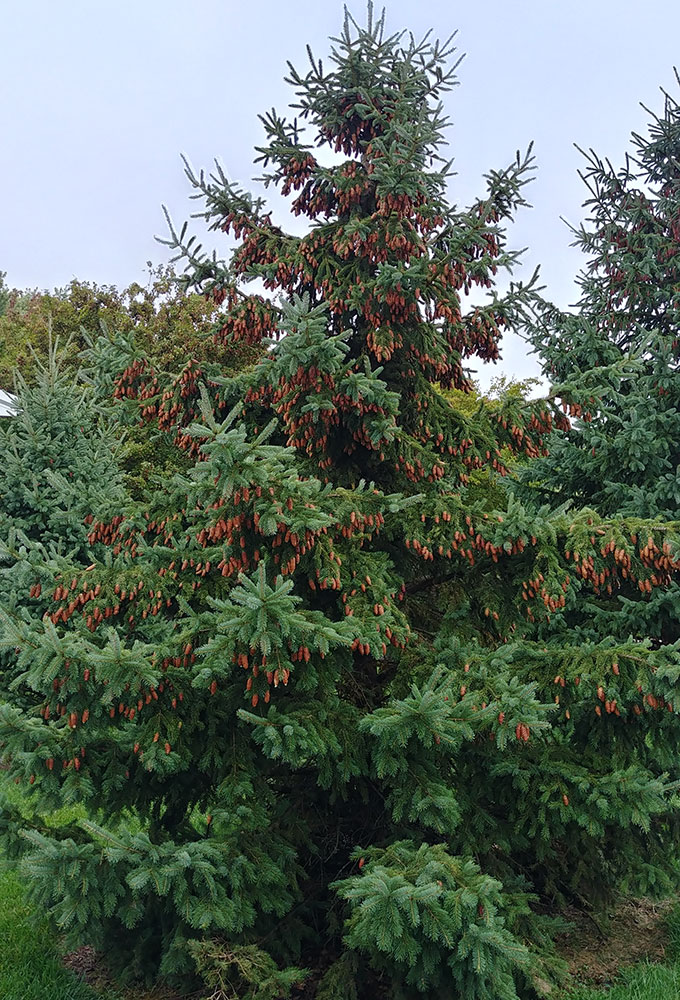
White spruce (Picea glauca, Zones 2–6)
White spruce is a hardy conifer native to Alaska through the boreal forests of Canada to Newfoundland as well as many of the northern border states, including South Dakota, Wyoming, Montana, and Minnesota. White spruce grows best in moist, well-drained soils in full sun and can reach a height of 40 to 60 feet with a spread of 10 to 20 feet. It can provide a windbreak or screen as it can handle some shade and does not lose its lower branches as readily as other spruce species. White spruce is also tolerant of the slightly alkaline soils found throughout the Northern Plains and is more tolerant of dry sites than most spruces.
While the straight species often performs best in areas with cold winters and cool summers, there is a variety better adapted to the prairie environment: the Black Hills spruce (Picea glauca var. densata, Zones 2–6). The Black Hills spruce is slower growing and has a denser overall form that can display an attractive bluish-green needle color. There are also several cultivars of white spruce to consider based on the desired look. ‘Conica’ dwarf Alberta spruce (Picea glauca ‘Conica’, Zones 2–6) has a dense form that matures to a height of 5 feet and a width of 3 feet. ‘Pendula’ weeping white spruce (Picea glauca ‘Pendula’, Zones 2–6) is a very narrow, columnar tree with weeping branches maturing to a height of 20 feet and a width of 4 feet.
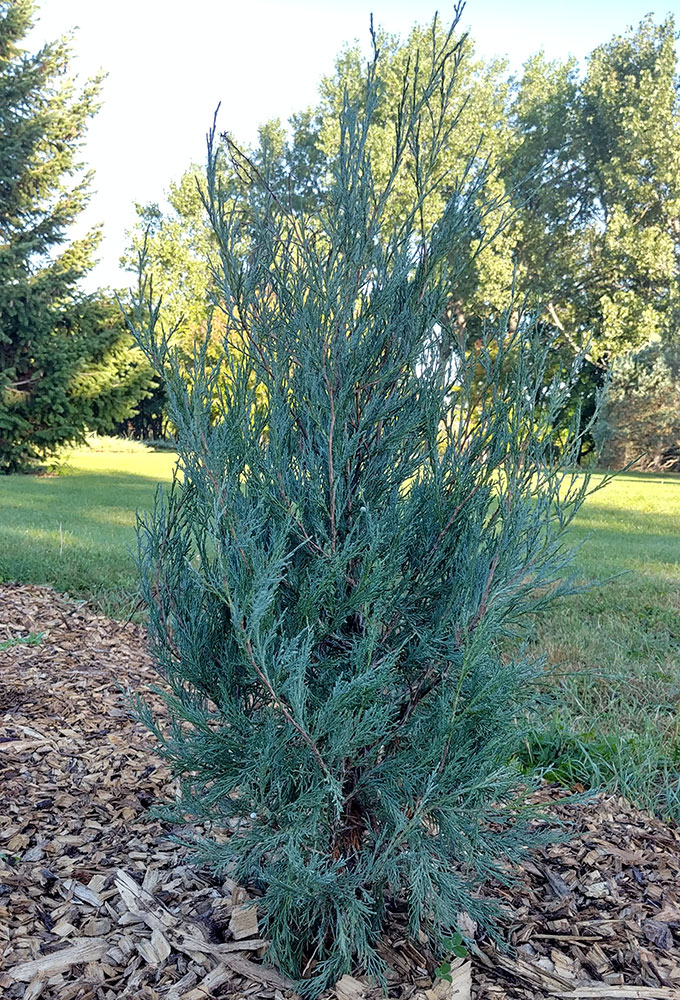
Rocky Mountain juniper (Juniperus scopulorum, Zones 3–7)
Rocky Mountain juniper is a native of the western Northern Plains and will stand and deliver if you have extremely dry or sandy soils and need an evergreen or windbreak in the landscape. Reaching a height of 30 to 40 feet and a spread of 3 to 15 feet, this silver-blue-green evergreen can easily fit into the urban landscape. There are several cultivars to choose from that offer slight variations of foliage color and overall form. ‘Medora’ (Juniperus scopulorum ‘Medora’, Zones 3–7) is a durable, very narrow specimen introduced by North Dakota State University that typically reaches 10 feet tall and only 2 to 3 feet wide. However, if you are looking for something with a broad pyramidal shape, try ‘Sutherland’ (Juniperus scopulorum ’Sutherland’, Zones 4–7). This cultivar reaches a height of 10 to 20 feet with a width of 10 to 15 feet while providing attractive silver-green foliage.
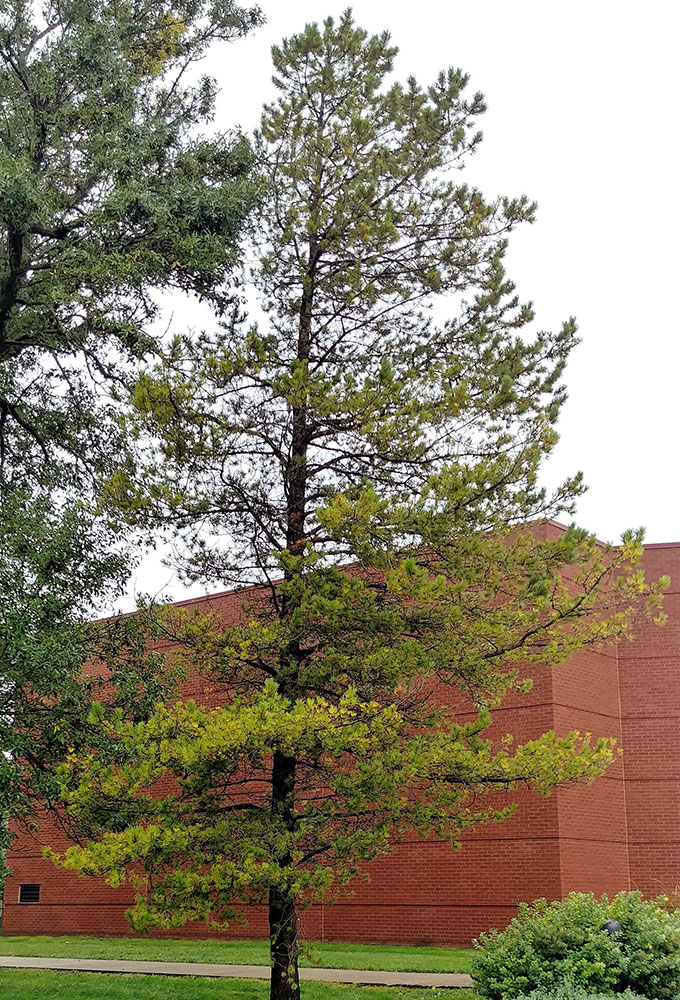
Lodgepole pine (Pinus contorta, Zones 2–6)
The lodgepole pine can be found in its native range of Alaska to California, east to Colorado, and even to parts of western South Dakota. This pyramid-shaped evergreen is capable of reaching a height of 40 feet or taller with a spread of 20 feet. It does need well-drained soil to survive and thrive on the tough dry sites of the western half of the Northern Plains. I recommend Rocky Mountain lodgepole pine (Pinus contorta var. latifolia), the variety best adapted to our climate. Additionally, an attractive cultivar, ‘Taylor’s Sunburst’ lodgepole pine (P. contorta ‘Taylor’s Sunburst’), features bright golden-yellow needles in the candle phase in spring.
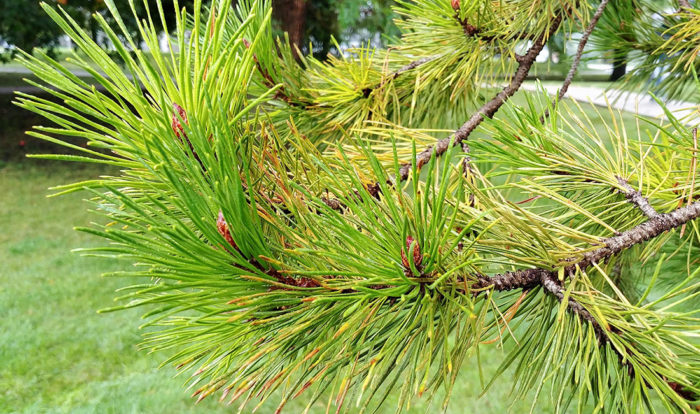
While there are plenty of other hardy evergreens that can be grown in the Northern Plains, these three offer some of the best chances of not showing winter injury from those dry and windy winters we are all too familiar with. They also fill a need in the landscape by providing interest in those questionable shoulder seasons of prewinter and second winter—or what most people call fall and spring.
—Chris Schlenker is the head gardener of McCrory Gardens at South Dakota State University in Brookings, South Dakota.


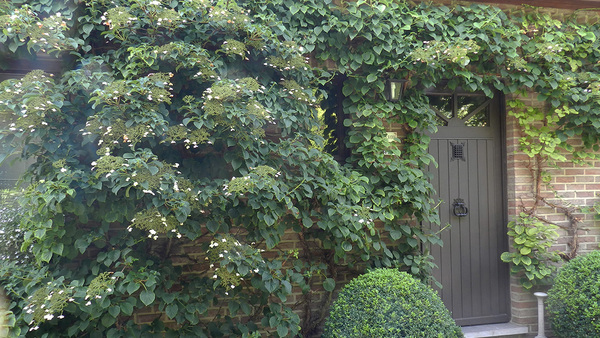















Comments
Log in or create an account to post a comment.
Sign up Log in